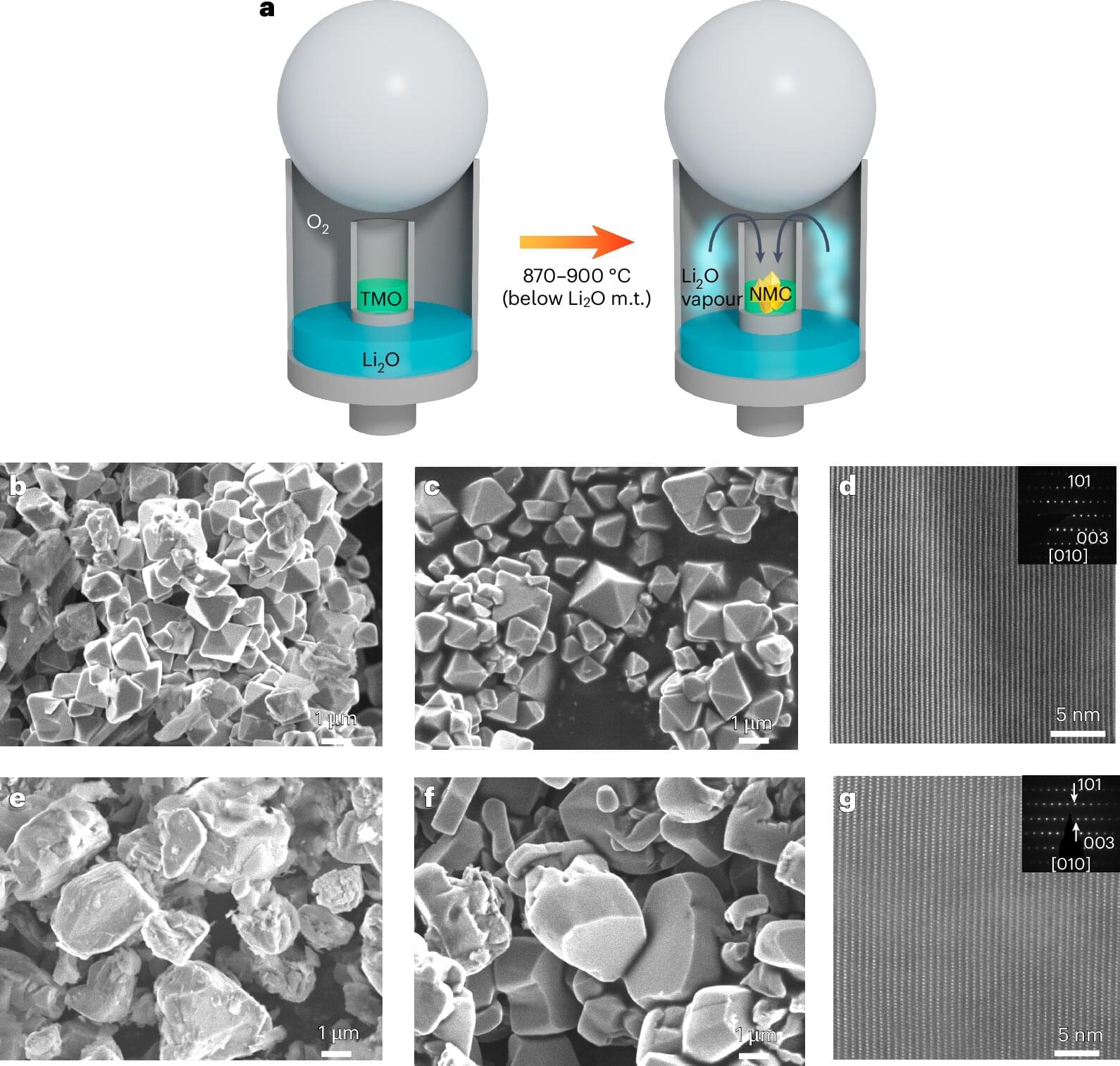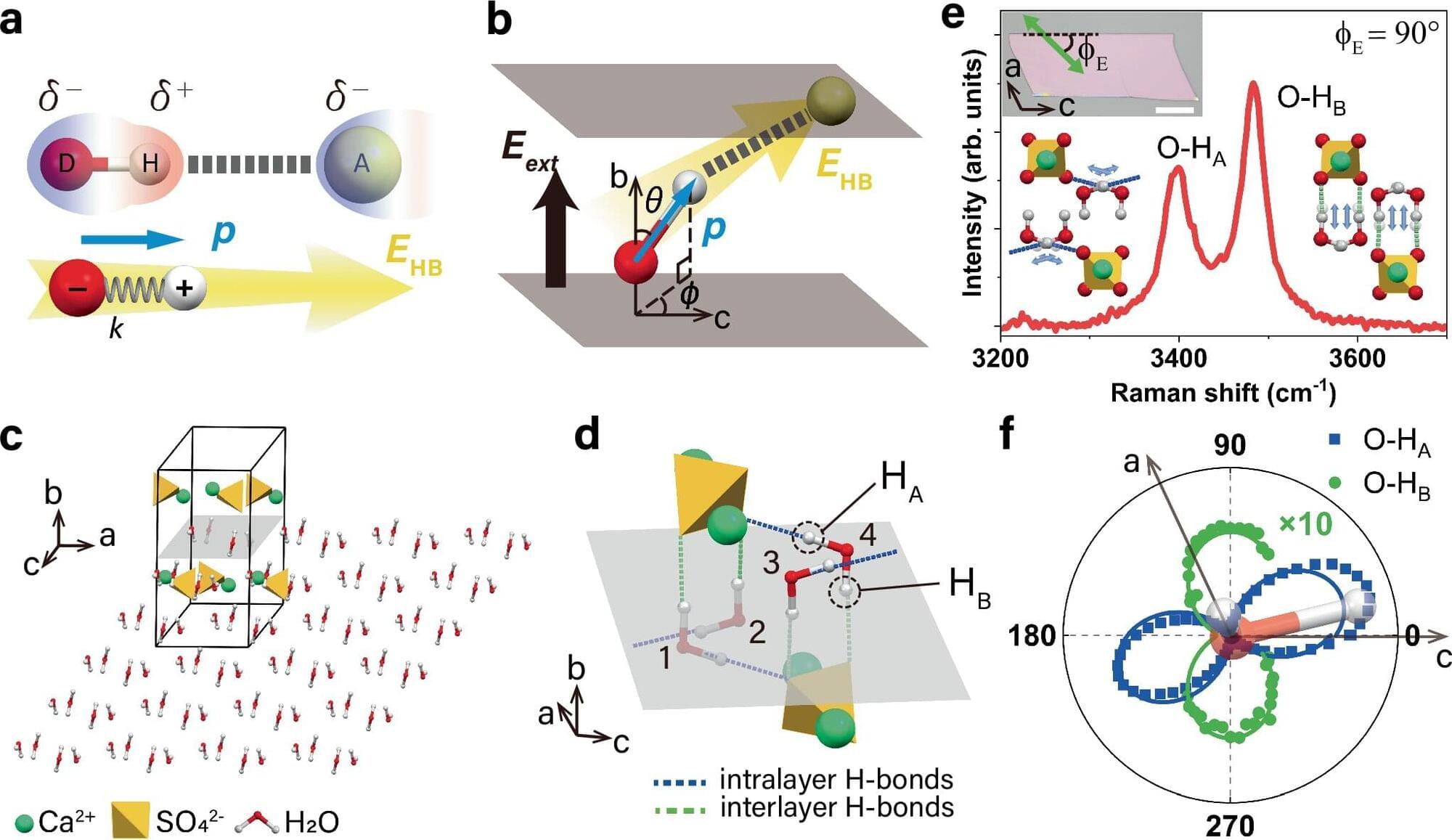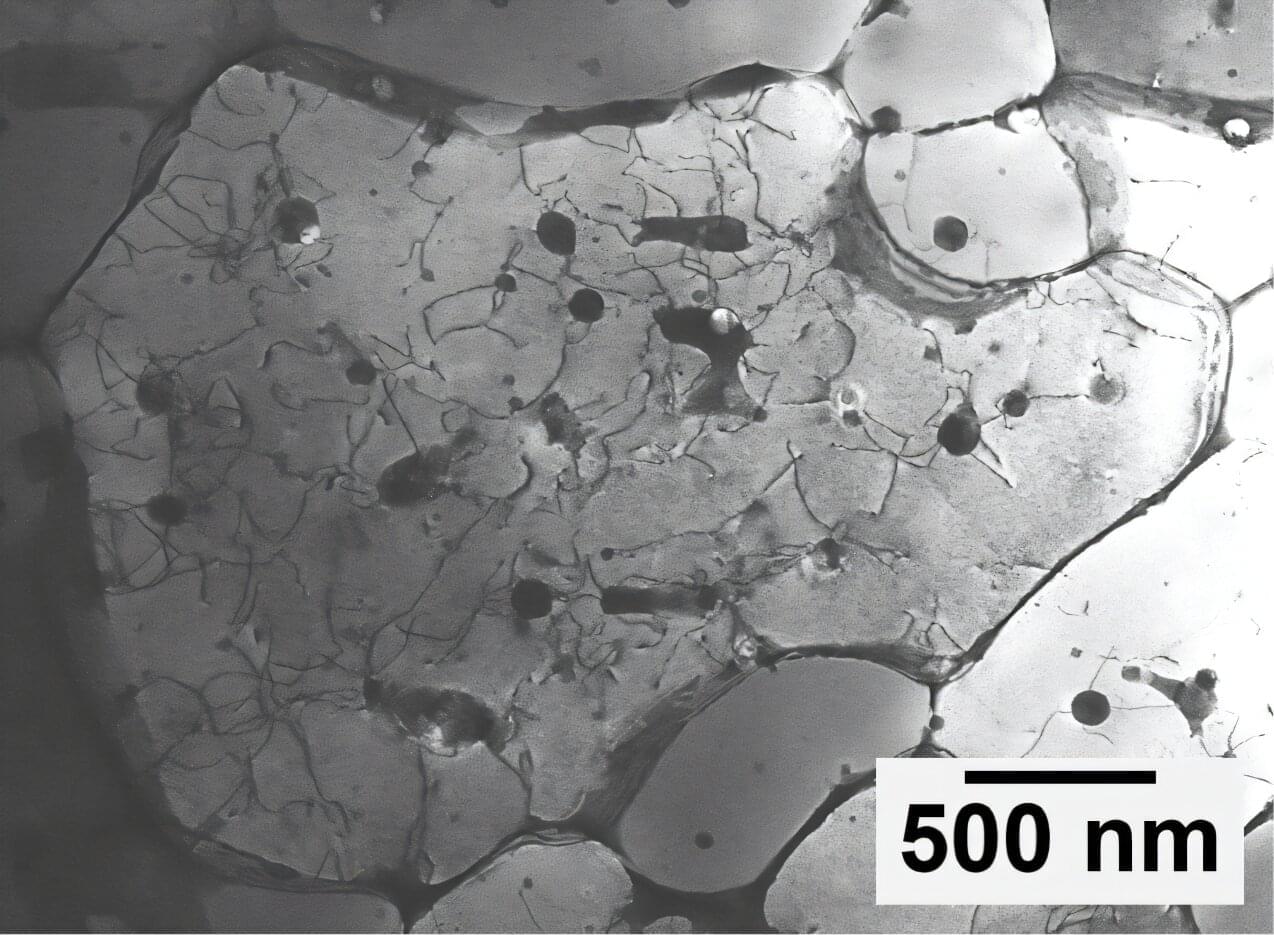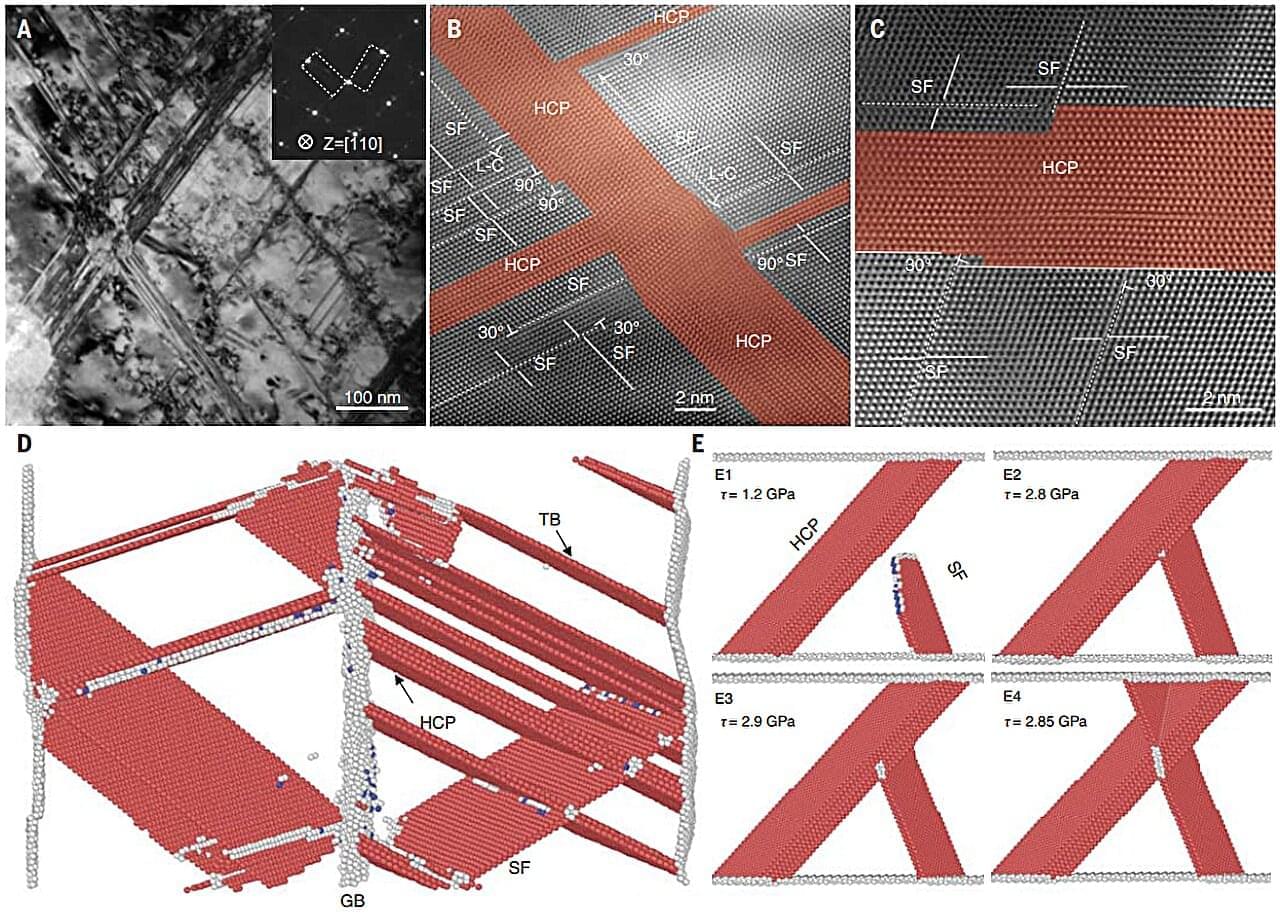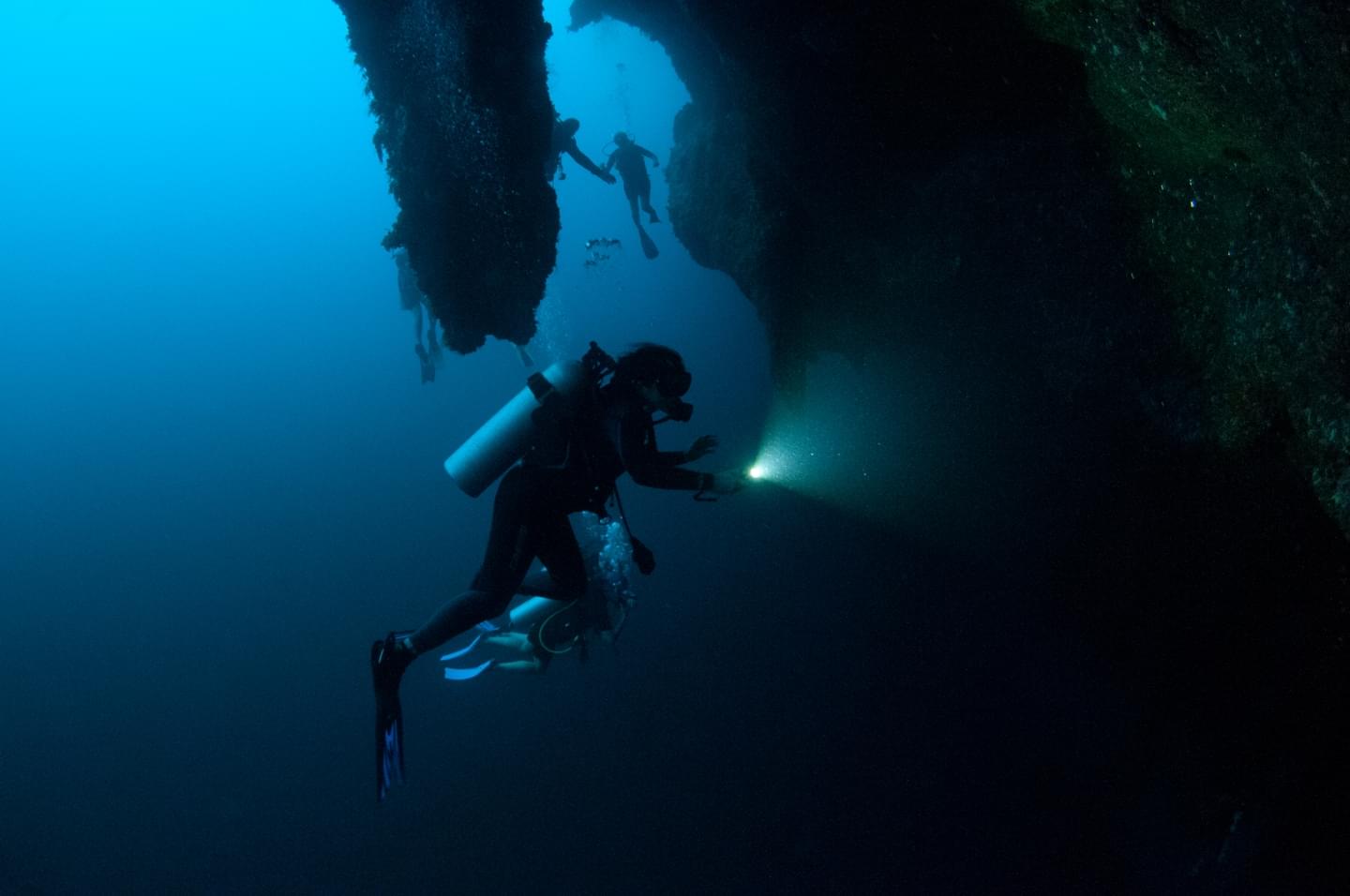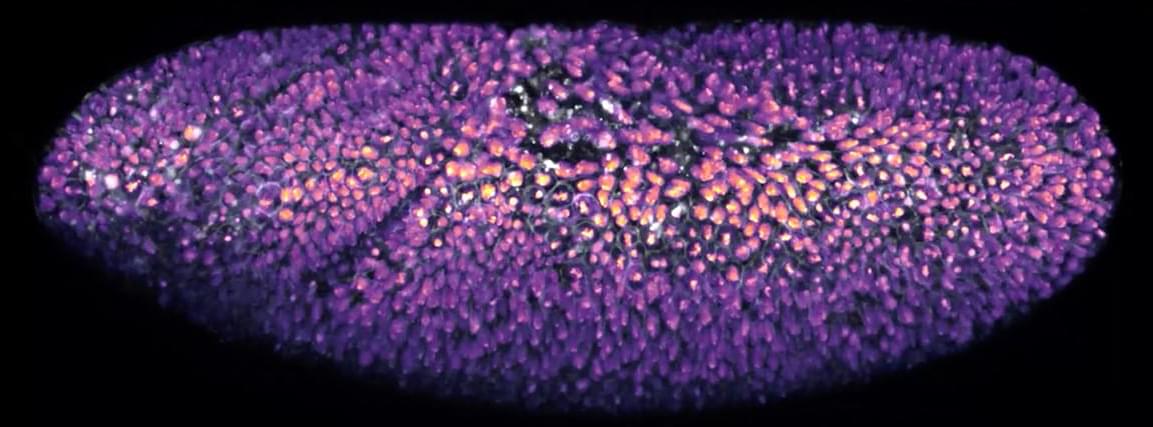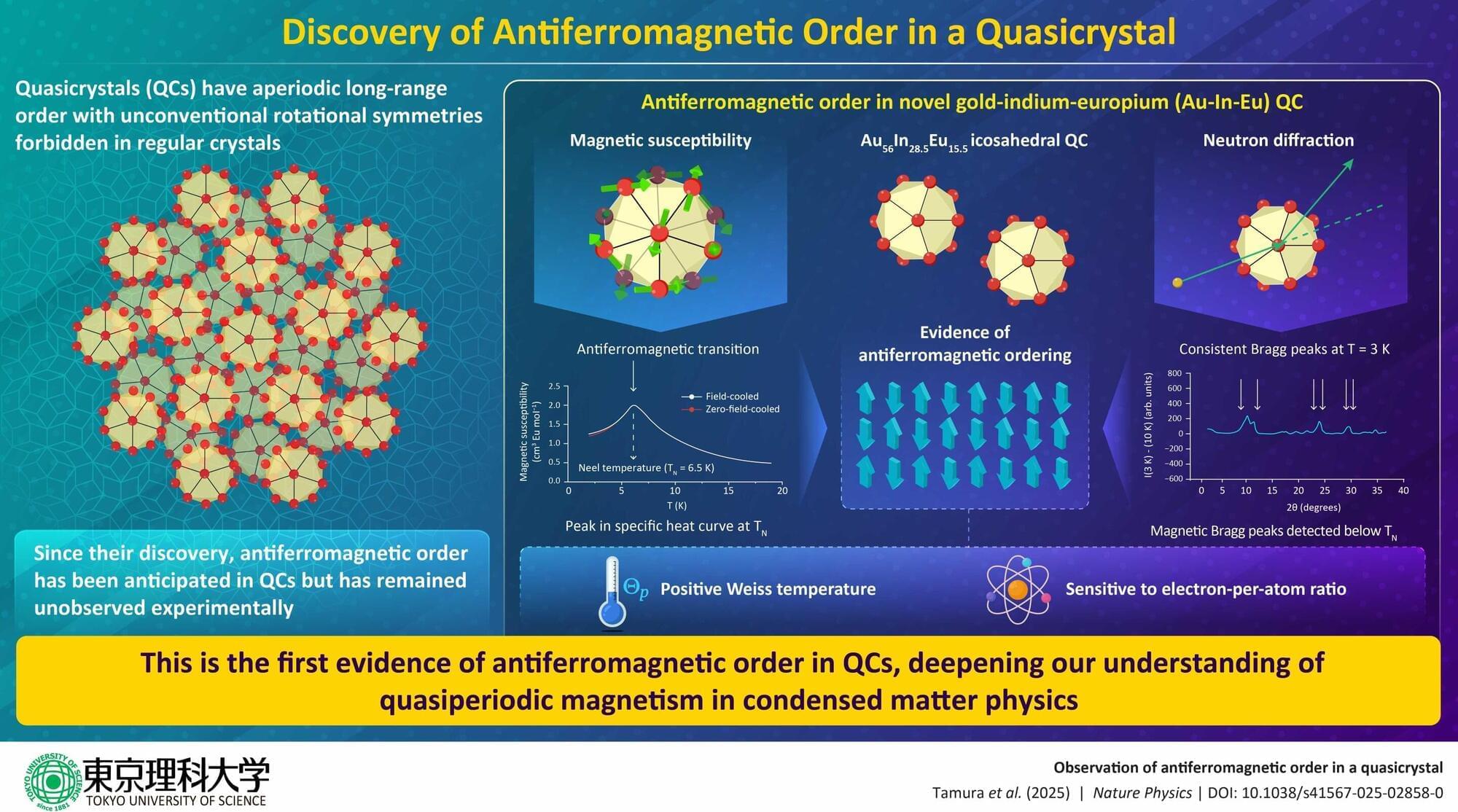Crucially, they demonstrated that the hydrogen present in this material was intrinsic, and not from contamination. This suggests that the material which our planet was built from was far richer in hydrogen than previously thought.
Category: materials – Page 4
A common lithium salt has revealed new possibilities for manufacturing cheaper, longer-lasting battery materials.
A breakthrough by researchers at The University of Manchester sheds light on one of nature’s most elusive forces, with wide-reaching implications for medicine, energy, climate modeling and more. The researchers have developed a method to precisely measure the strength of hydrogen bonds in confined water systems, an advance that could transform our understanding of water’s role in biology, materials science, and technology.
The work, published in Nature Communications, introduces a fundamentally new way to think about one of nature’s most important but difficult-to-quantify interactions.
Hydrogen bonds are the invisible forces that hold water molecules together, giving water its unique properties, from high boiling point to surface tension, and enabling critical biological functions such as protein folding and DNA structure. Yet despite their significance, quantifying hydrogen bonds in complex or confined environments has long been a challenge.
New research has found that variations in rock composition within oceanic plates, caused by ancient tectonic processes, can significantly affect the path and speed of these plates as they sink into Earth’s mantle.
At depths between 410 and 660 kilometers lies the mantle transition zone (MTZ), a key boundary layer that regulates the movement of material into the planet’s deeper interior. When subducting plates, those that dive beneath others, encounter large concentrations of basalt within the MTZ, their descent can slow down or even stall, rather than continuing smoothly into the lower mantle. While basalt-rich regions in the MTZ have been observed before, their origins have remained uncertain until now.
Andrew Iams saw something strange while looking through his electron microscope. He was examining a sliver of a new aluminum alloy at the atomic scale, searching for the key to its strength, when he noticed that the atoms were arranged in an extremely unusual pattern.
“That’s when I started to get excited,” said Iams, a materials research engineer, “because I thought I might be looking at a quasicrystal.”
Not only did he find quasicrystals in this aluminum alloy, but he and his colleagues at the National Institute of Standards and Technology (NIST) found that these quasicrystals also make it stronger. They have published their findings in the Journal of Alloys and Compounds.
A combined team of metallurgists, materials scientists and engineers from the Chinese Academy of Sciences, Shandong University and the Georgia Institute of Technology has developed a way to make stainless steel more resistant to metal fatigue. In their study published in the journal Science, the group developed a new twisting technique that functions as an “anti-crash wall” in the steel, giving it much more strength and resistance to cyclic creep.
Metal can experience fatigue when bent many times, leading to breaking. When this occurs in critical applications, it can result in catastrophic accidents such as bridge failures. Because of that, scientists have for many years been working to reduce or prevent stress levels in metals. In this new effort, the researchers found a way to dramatically improve the strength of a type of stainless steel while also boosting its resistance to what is known as cycle creep, where fatigue occurs due to ratcheting, a form of repeated bending.
The new technique involved repeatedly twisting a sample of 304 austenitic stainless steel in a machine in certain ways. This led to spatially grading the cells that made up the metal, resulting in the build-up of what the team describes as a submicron-scale, three-dimensional, anti-crash wall. Under a microscope, the researchers found an ultra-fine, sub-10 nanometer, coherent lamellar structure that slowed dislocation by preventing stacking faults.
Scientists have discovered a ‘concerning’ secret in the unknown depths of a 410 foot Great Blue Hole.
The mysterious sinkhole is located just off the coast of Belize where experts have managed to extract a sample of material from the bottom.
And now the sediment core they retrieved is revealing secrets from the past six millennia.
A growing body of work suggests that cell metabolism — the chemical reactions that provide energy and building materials — plays a vital, overlooked role in the first steps of life.
Quasicrystals (QCs) are fascinating solid materials that exhibit an intriguing atomic arrangement. Unlike regular crystals, in which atomic arrangements have an ordered repeating pattern, QCs display long-range atomic order that is not periodic. Due to this ‘quasiperiodic’ nature, QCs have unconventional symmetries that are absent in conventional crystals.
Since their Nobel Prize-winning discovery, condensed matter physics researchers have dedicated immense attention toward QCs, attempting to both realize their unique quasiperiodic magnetic order and their possible applications in spintronics and magnetic refrigeration.
Ferromagnetism was recently discovered in the gold-gallium-rare earth (Au-Ga-R) icosahedral QCs (iQCs). Yet scientists were not surprised by this observation because translational periodicity—the repeating arrangement of atoms in a crystal—is not a prerequisite for the emergence of ferromagnetic order.

